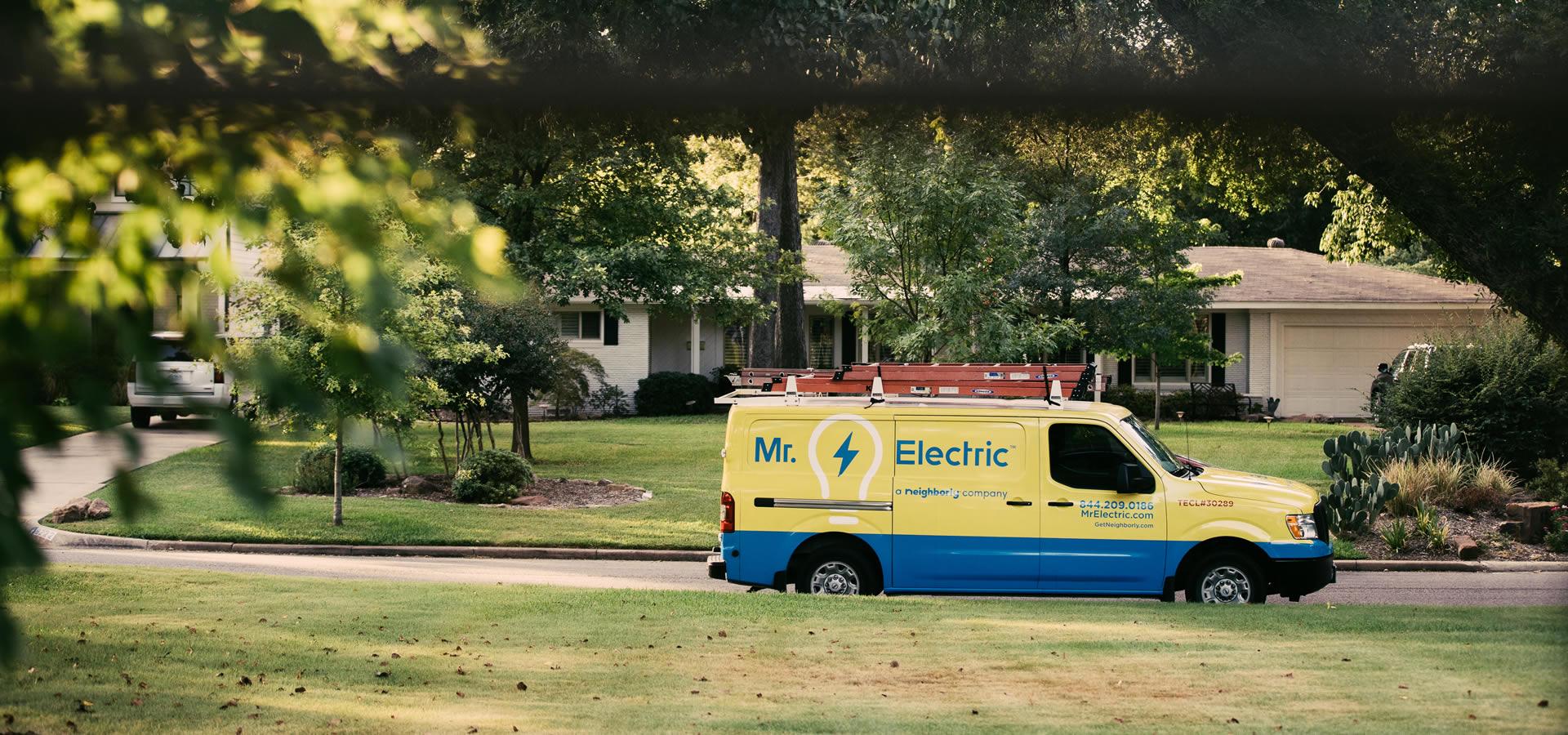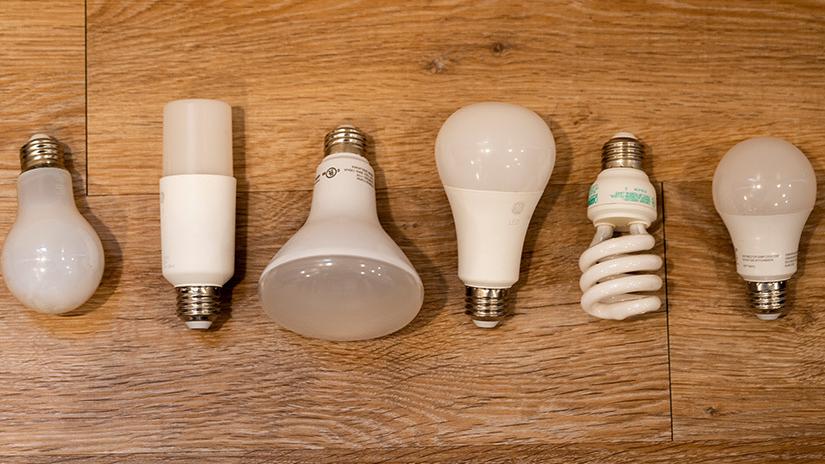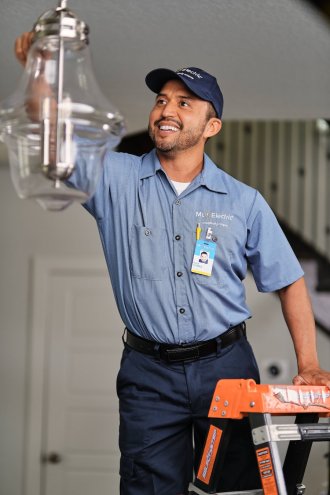Incandescent vs. LED Light Bulbs
There are two main options to consider when it comes to light bulbs: incandescent and LED bulbs. These light bulbs are quite different in many aspects. In this article, we will explore the major differences between incandescent and LED light bulbs to help you make an informed decision. We will also highlight the pros and cons of each one of these lighting options.
Here at Mr. Electric, we take pride in offering top-notch lighting services to residential, commercial, and industrial customers. From lighting installation to electrical repair service, and lighting replacement, we do it all. Reach out to Mr. Electric when you’re in need of lighting services in your home or business.
Energy Efficiency
LED light bulbs literally outshine incandescent bulbs when it comes to energy efficiency. These bulbs convert about 90% of the energy they consume into light and only 10% into heat. They use significantly less electricity compared to incandescent bulbs.
In contrast, incandescent bulbs are notorious for their inefficiency, as they produce light by heating a filament until it glows. Approximately 90% of the energy used by incandescent bulbs is emitted as heat, and only about 10% is converted into light, making them highly energy-wasteful.
Lifespan
In terms of lifespan, LED bulbs are the clear winner. These bulbs have an impressively long lifespan, typically lasting around 25,000 to 50,000 hours. With average daily usage, an LED bulb can last for over 20 years, significantly reducing the frequency of bulb replacements.
Incandescent bulbs have a much shorter lifespan, lasting only about 1,000 hours on average. Frequent replacements can lead to higher maintenance costs over time.
Environmental Impact
Because they are highly energy efficient and last longer, LED bulbs are more environmentally friendly. They generate fewer greenhouse gas emissions during use, as they require less electricity. Besides, LED bulbs do not contain hazardous materials like mercury, making them easier to recycle.
On the other hand, incandescent light bulbs have a higher environmental impact because of their inefficiency and shorter lifespan. They contribute to higher electricity consumption and more frequent waste generation.
Cost and Return on Investment
LED bulbs are initially more expensive than incandescent bulbs, but their energy efficiency and long lifespan result in significant cost savings over time. The higher upfront cost is recouped through reduced electricity bills and fewer replacements.
Incandescent bulbs are cheaper to purchase initially but cost more to operate and replace over their shorter lifespan. They result in higher long-term expenses due to increased energy consumption and the need for frequent replacements.
Pros and Cons: LED Light Bulbs
Pros
- Energy-efficient, which translates to reduced electricity bills.
- Longer lifespan.
- Environmentally friendly.
- Instantly reach full brightness.
- Durable and shock-resistant.
- Versatile design options.
Cons
- Higher upfront cost.
- Temperature sensitivity in extreme environments.
- Some emit directional light.
- There are concerns about blue light exposure.
Pros and Cons: Incandescent Light Bulbs
Pros
- Provide immediate full brightness upon switching on.
- Offer a cozy and pleasing warm light ambiance.
- Lower upfront cost compared to LED light bulbs.
- Easily adjustable with standard dimmer switches.
- Illuminates in all directions, providing even light distribution.
Cons
- Energy inefficiency
- Short lifespan
- Contribute to higher greenhouse gas emissions and environmental concerns.
- More fragile and susceptible to breakage compared to other bulbs.
- Limited design options
Ready to Switch To LED Lighting? Call the Experts at Mr. Electric for Lighting Installation and Lighting Replacement
As you can see from the differences we’ve highlighted, switching to LED bulbs is undoubtedly worth it. You’ll not only save a significant amount of money on your energy bill, but you’ll also make a positive impact on the environment. If you’re ready to switch from incandescent to LED lighting, call the electricians at Mr. Electric to help you out. Our knowledgeable and experienced electricians will assess your current lighting needs and help you choose the right lighting fixtures for your home or business.







